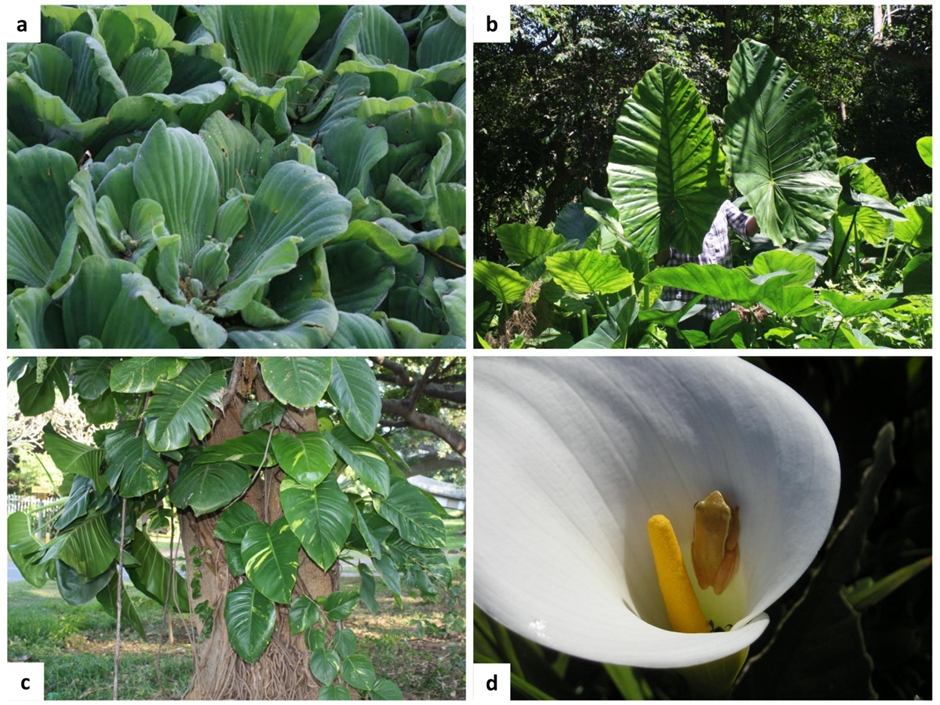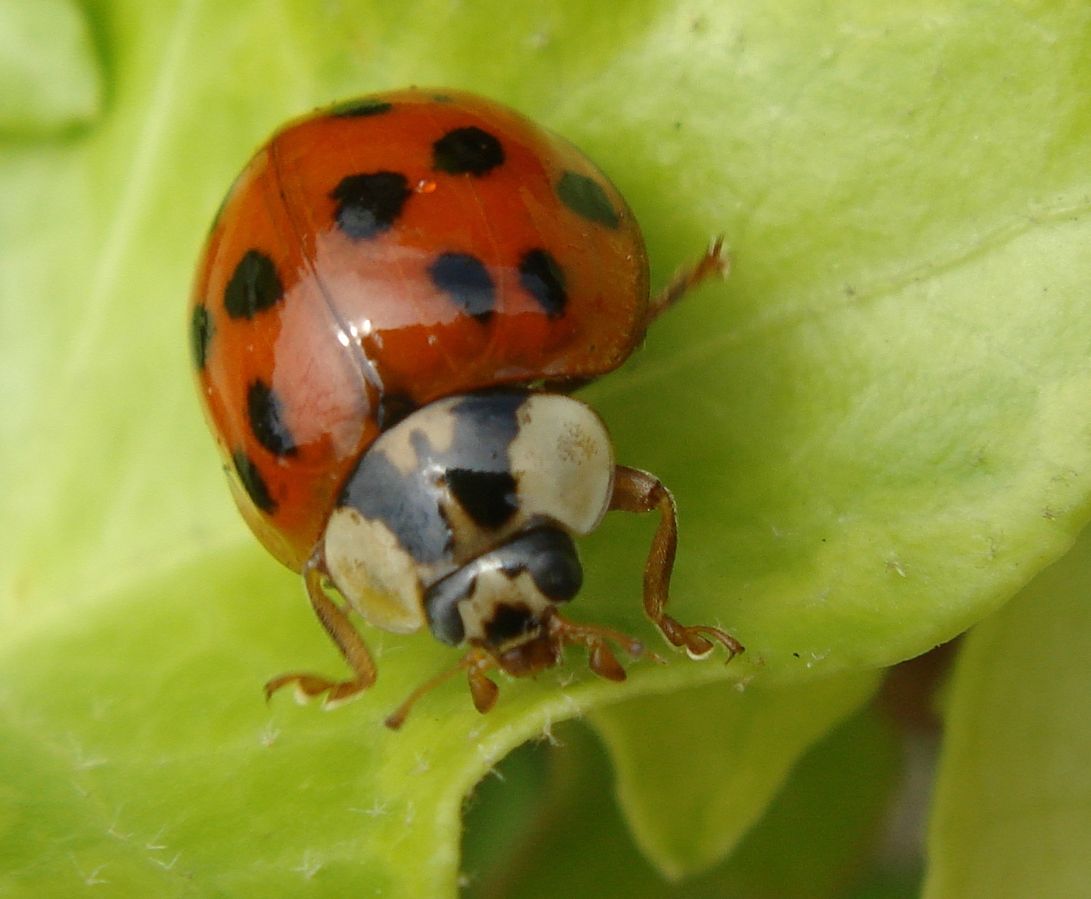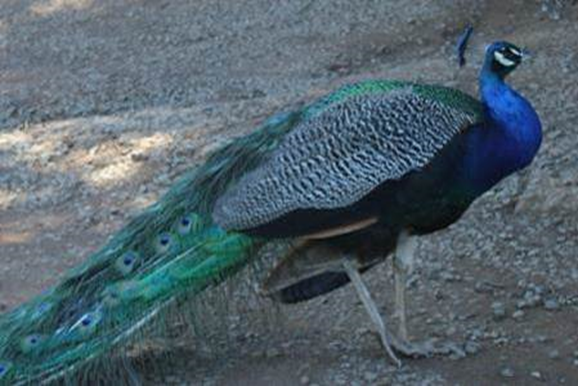Barriers to the management of Prosopis (mesquite), a widespread invasive tree
Species have been moved around the world for many reasons and have led to the rise of biological invasions which are a major driver of ecological and social change globally. One such species, Prosopis (mesquite), has been introduced to over 100 countries globally, both accidently and purposefully to act as an agroforestry tree.




